Growing fruit in pots: how to plant and care for container grown fruit
Discover just how simple it is to start growing fruit in pots with our expert tips


Growing fruit in pots one of life’s simple pleasures. Eating a handful of just-picked, sun-warmed strawberries or gathering a bowl of gooseberries to make a crumble from your own garden is hard to beat. Pretty to look at, as well as productive, container grown fruit makes a wonderful display and a talking point when placed on a patio, terrace or a balcony.
An obvious but useful tip is to grow the fruit you like to eat. You’re far more likely to look after your crops if you are eagerly anticipating their flavor. With interest in grow-your-own soaring over the past year, nurseries and garden centers are increasingly supplying fruit which is perfectly adapted to container gardening.
When you have chosen which crop you would like to grow as part of your container gardening ideas, take stock of the growing space and make sure that it is suitable before making a purchase. Gooseberries will grow in partial shade, for example, but a citrus tree will not definitely not thrive in a darker spot. Figs like a sunny wall and raspberries need regular watering, so they are not a good choice if you are often away from home. Once you have identified the right fruit for your garden and lifestyle, it is time to get planting.
Growing fruit in pots: top 10 fruit to try
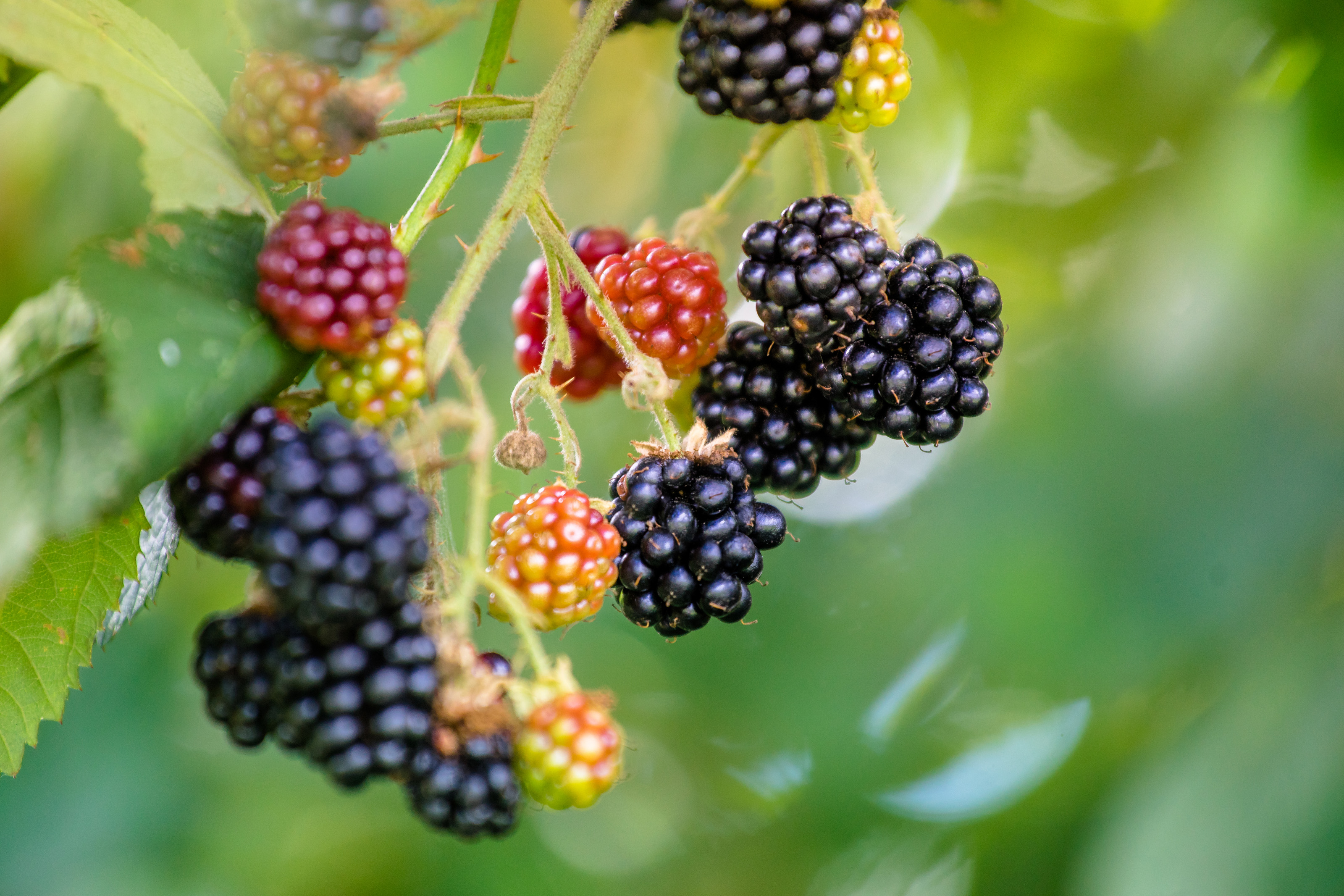
- Strawberries
- Blueberries
- Apples
- Gooseberries
- Blackcurrants
- Raspberries
- Pears
- Lemons
- Blackberries
- Figs
How to grow soft fruit in pots
When growing fruit in pots, soft fruits such as raspberries, redcurrants, strawberries, gooseberries, blackberries and blueberries, are the glory of the summer season. Each one requires slightly different growing treatment.
Strawberries
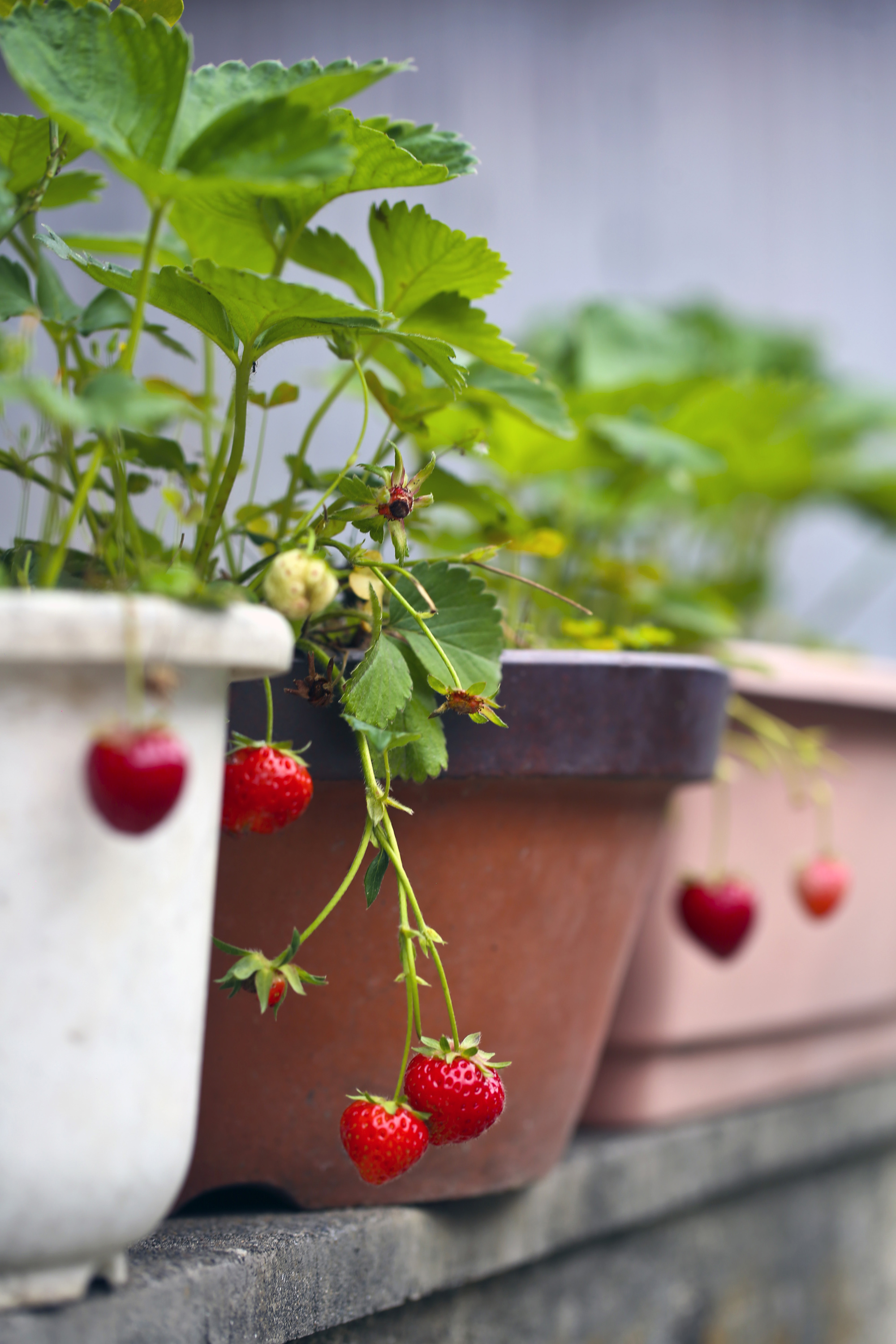
If you've already been thinking about how to grow strawberries, the good news is that they are one of the easiest options when it comes to growing fruit in pots. They are ideal to raise on a sunny patio.
Plant them in John Innes No.2 compost, placing them around the edges of a container (this can be a hanging basket, a growbag, flowerpot or trough). Firm in with your fingers.
Soak the compost thoroughly, and keep them watered daily in hot weather. When you pick the fruit, from June onwards, snip them off, leaving a short length of stalk attached. This helps to keep the plant healthy. A strawberry plant can keep going for about four years.
Never thought about growing strawberries in a hanging basket before? For more original growing tips like this, head over to our hanging basket ideas.
Blueberries
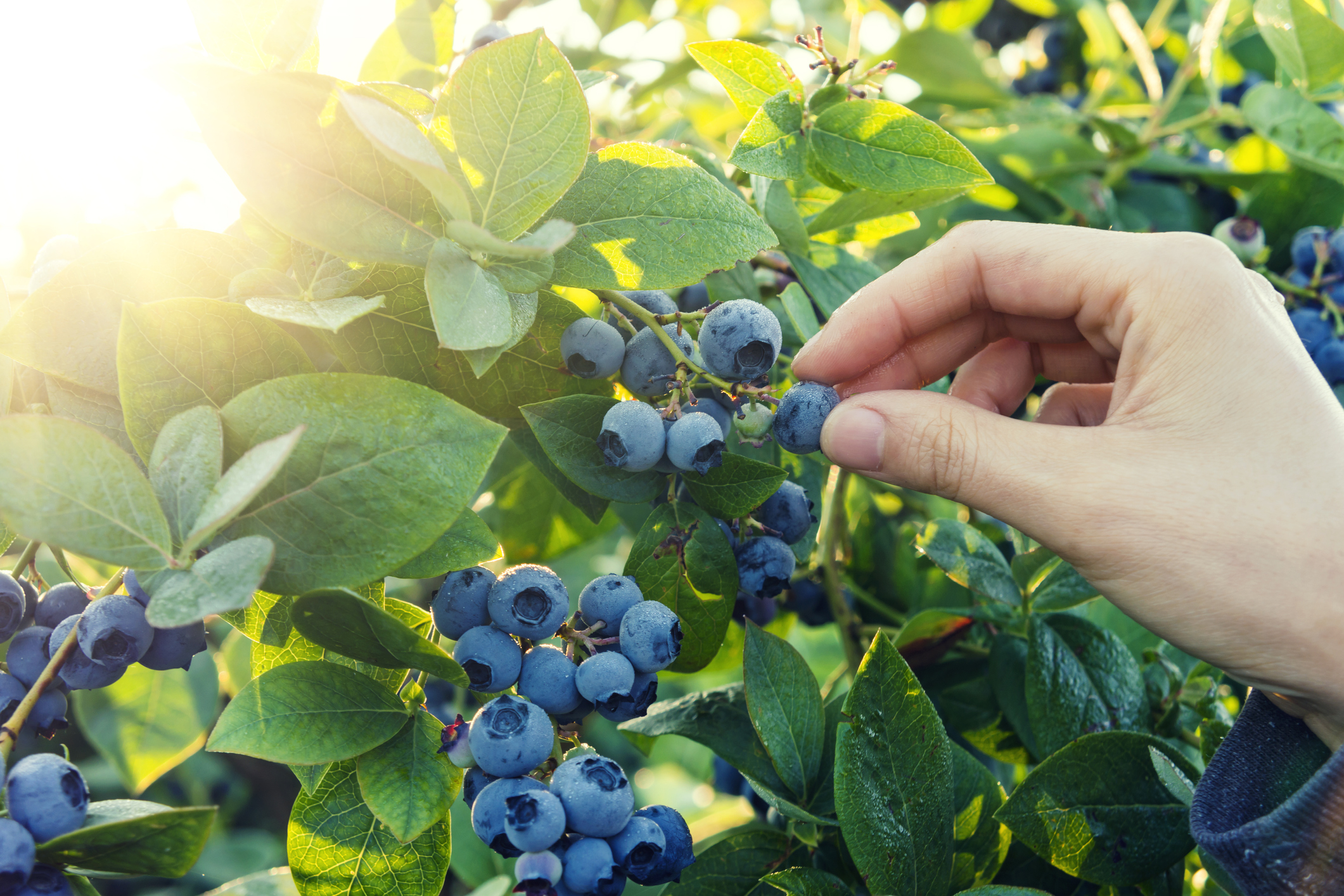
Blueberries need ericaceous (acid) soil to thrive, so buy a bag of special compost from the garden center, and mix it half and half with John Innes potting soil. Feed weekly with an ericaceous plant food.
Choose a compact plant and use a good-sized pot when growing fruit in pots – at least 15 inches (40cm) in diameter. Smaller varieties include ‘Top Hat’ and ‘Sunshine Blue.’ Use rainwater to water them if possible, as this helps to keep the soil acidic.
For more growing tips, head over to our guide on how to grow blueberries.
Currants
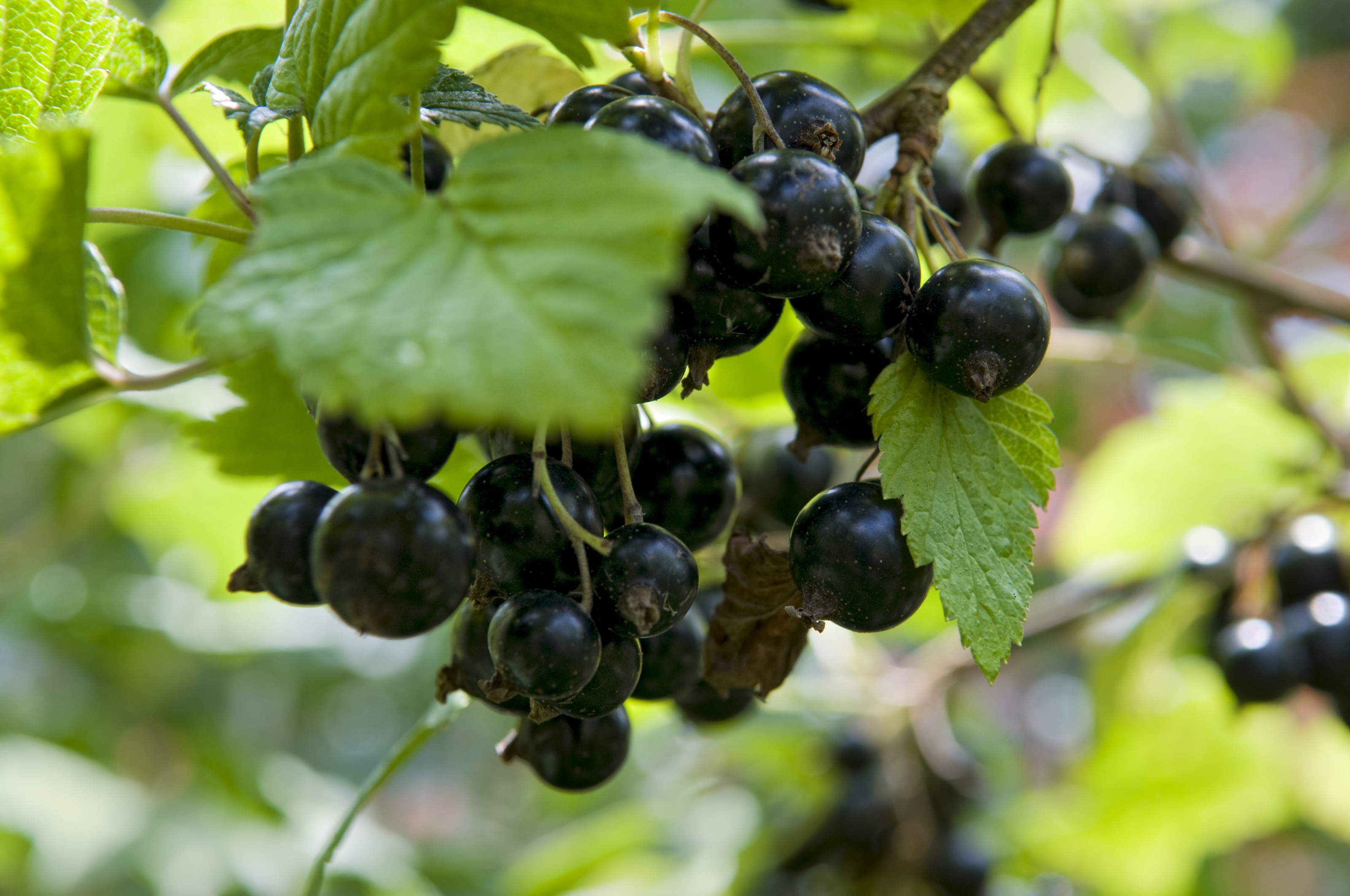
A delicious addition to smoothies, or cooked into a compote and served over ice cream, blackcurrants, white currants and redcurrants are a summer delight, making them an ideal choice if you're planning on growing fruit in pots.
Plant them in containers in the spring, in a large pot, about 15 inches (40cm) in diameter and feed through the growing season with liquid fertilizer.
Birds may be interested in eating your ripe berry crop. Net the plants if necessary, taking care to secure it firmly so birds do not become trapped and injured inside.
Container grown plants don’t need such careful pruning as bushes which are growing in the ground. In winter, simply cut out any dead, old or unproductive wood from your currant bushes with secateurs. Don't forget that you can find the best secateurs for the job in our buying guide.
Gooseberries
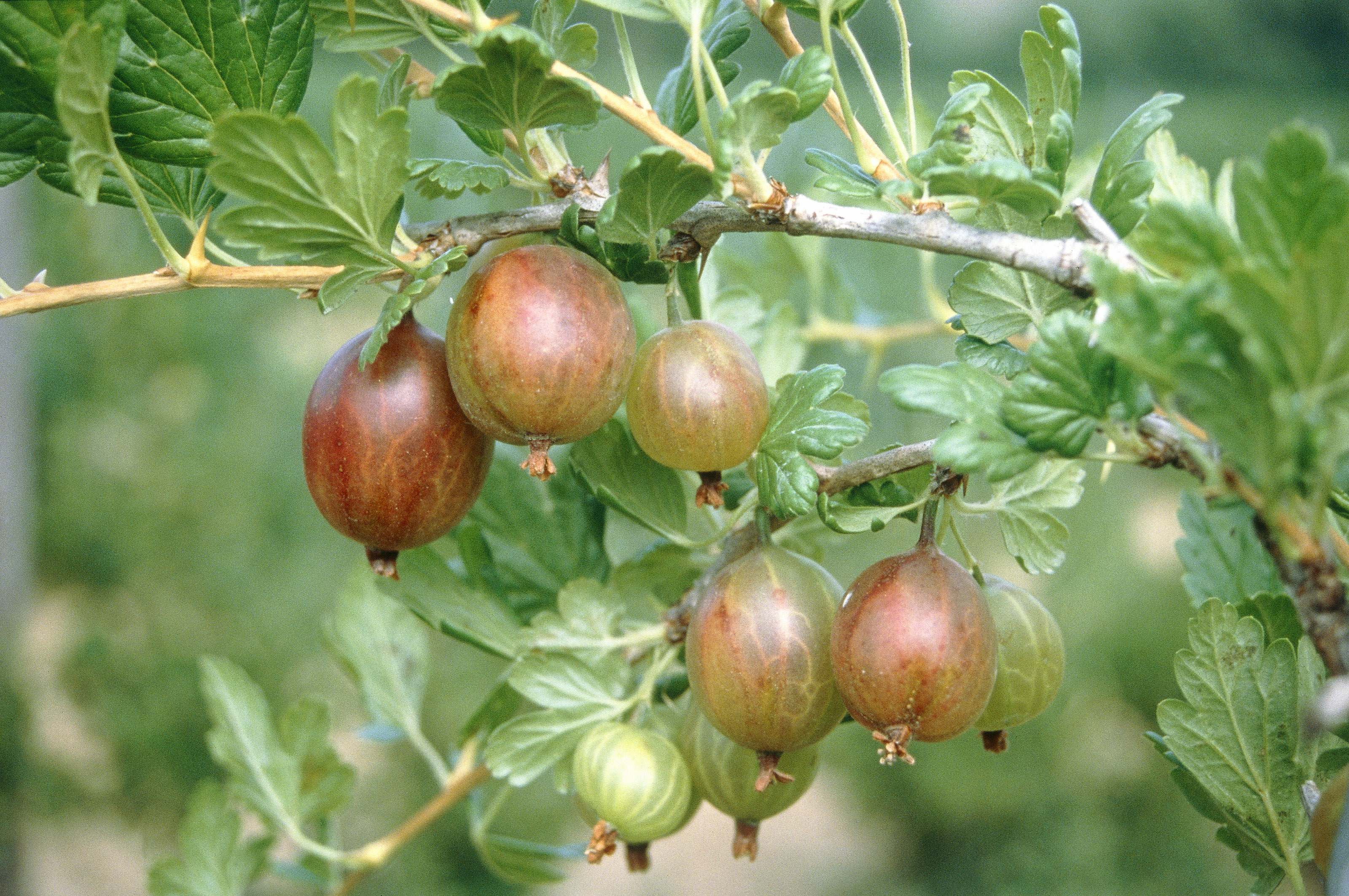
Don’t be put off by the idea of sour green bullets - red and yellow gooseberries are a delicacy, sweet enough to eat straight from the stalk, or they can be cooked and folded into whipped cream for a dessert. Try ‘Hinnonmaki Red’ or ‘Hinnonmaki Yellow’ for plump fruit full of flavor.
Plant the dormant canes between November and March. They like part shade. Add a fertilizer such as Blood, Fish and Bone or liquid seaweed twice in the growing season, once the baby fruits have appeared. Water at least once a week, and every three days in dry spells.
Keep an eye out for caterpillars, and remove them if you see one, as these could be gooseberry sawfly, which will strip every leaf from the bush.
Raspberries

Already read up on how to grow raspberries? Then chances are you know that sweet, juicy raspberries can be grown very successfully in containers. Plant them in a mix of 80 per cent soil-based compost such as John Innes No. 3 and 20 per cent potting compost, in a large pot in spring. The RHS recommends putting a single plant in a 38cm (around 15 inches) diameter container. Water it in thoroughly. The raspberry canes should be tied to bamboo canes for support. The bushes will tolerate part shade.
Feed raspberries monthly with a general fertilizer throughout the growing season to encourage lots of fruit. Raspberries are thirsty plants, and their pots may need watering twice a day in hot weather, both in the morning and the evening.
How to grow citrus fruit in a pot

Harvesting your own oranges or lemons from a pot grown tree may sound exotic, but it is achievable with a little know-how, so don't discount them just yet if you're growing fruit in pots.
According to the experts at Suttons: 'citrus fruits grow best in a greenhouse, on a conservatory window ledge or outside in a sunny sheltered spot during hot summer weather.'
Plants can suffer from leaf drop if they are too dry, so keep a very close eye on them, and water when the surface of the compost feels dry when you push a finger in. This could be as much as every day in the summer.
Lemons and oranges need feeding weekly in spring and summer with a specialist citrus fertilizer (try Westland Citrus Tree Feed from Amazon) or a seaweed-based feed. You will be rewarded with small, creamy, scented flowers in spring and these will develop into the fruit. To keep the plants super healthy, Suttons recommend you 'take the plants outside twice a year and drench with clean water to prevent a build-up of excess fertilizer salts.'
How to grow a fruit tree in a pot
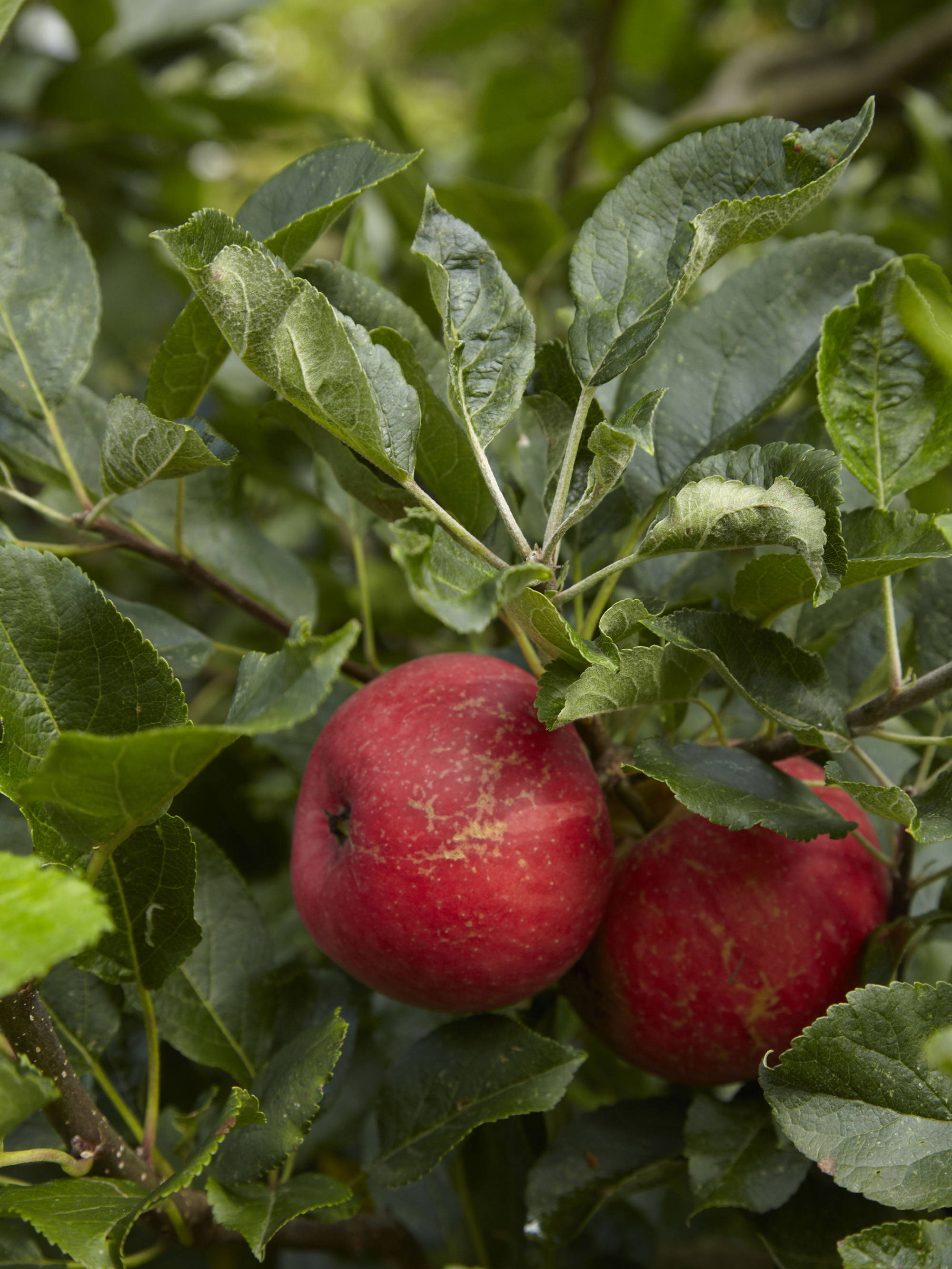
'There are so many dwarf forms of fruit trees especially bred to thrive in pots – and produce full size fruit that there really is no reason not to grow your own,' writes Aaron Bertelson in his book, Grow Fruit and Vegetables in Pots (Phaidon), available from Amazon. Nurseries and garden centers often sell these dwarf varieties under the name ‘patio trees.’ They include plum, apple, pear and cherry trees.
If you're growing fruit in pots, small fruit trees can be bought as bare roots in the winter, and pot grown ones are available from late spring onwards. Either variety should be soaked in water for about two hours before potting in a container around 20 inches (50cm) in diameter. Find out everything you need to know about planting bare root trees in our guide.
Use John Innes No.3 compost, and add some slow release fertilizer pellets to the soil. Alternatively, you can feed the tree every fortnight with a liquid tomato food. Keep trees well-watered during summer but always allow the surface of the compost to dry out first. Repot them every one or two years.
Choose trees which are described as self-pollinating or self-fertile. This keeps things simple for growing fruit in pots and avoids the need to have pollinating partners in your garden.
How to grow figs in a pot
Choose a fig variety such as ‘Brown Turkey Standard’ which is among the most reliable for the UK climate, according to the experts at Suttons. It will need a sunny spot, and it is best to plant figs in the spring. The restrictions of a container actually encourages them to bear more of the sweet, tawny fruits.
Drench the container with water once a week during the summer, and feed with Blood, Fish and Bone in the spring. They are vigorous growers, but it’s fine to prune them to fit the space you have after they have fruited.
In very cold areas, figs may need fleece protection in the winter. There's more tips on how to protect plants from winter in our guide.
The pitfalls of growing fruit in pots

Although container grown fruit needs space, it is important not to plant in too large a pot. This can result in what is called ‘overpotting.’ The soil in too-big pots holds on to water, making the roots of the plant more prone to rotting. A very large pot also means the soil is not tightly packed enough around the plant’s roots. According to the RHS, symptoms of overpotting include yellowing leaves, leaf drop, wilting and stunted growth.
Common problems with container grown fruit
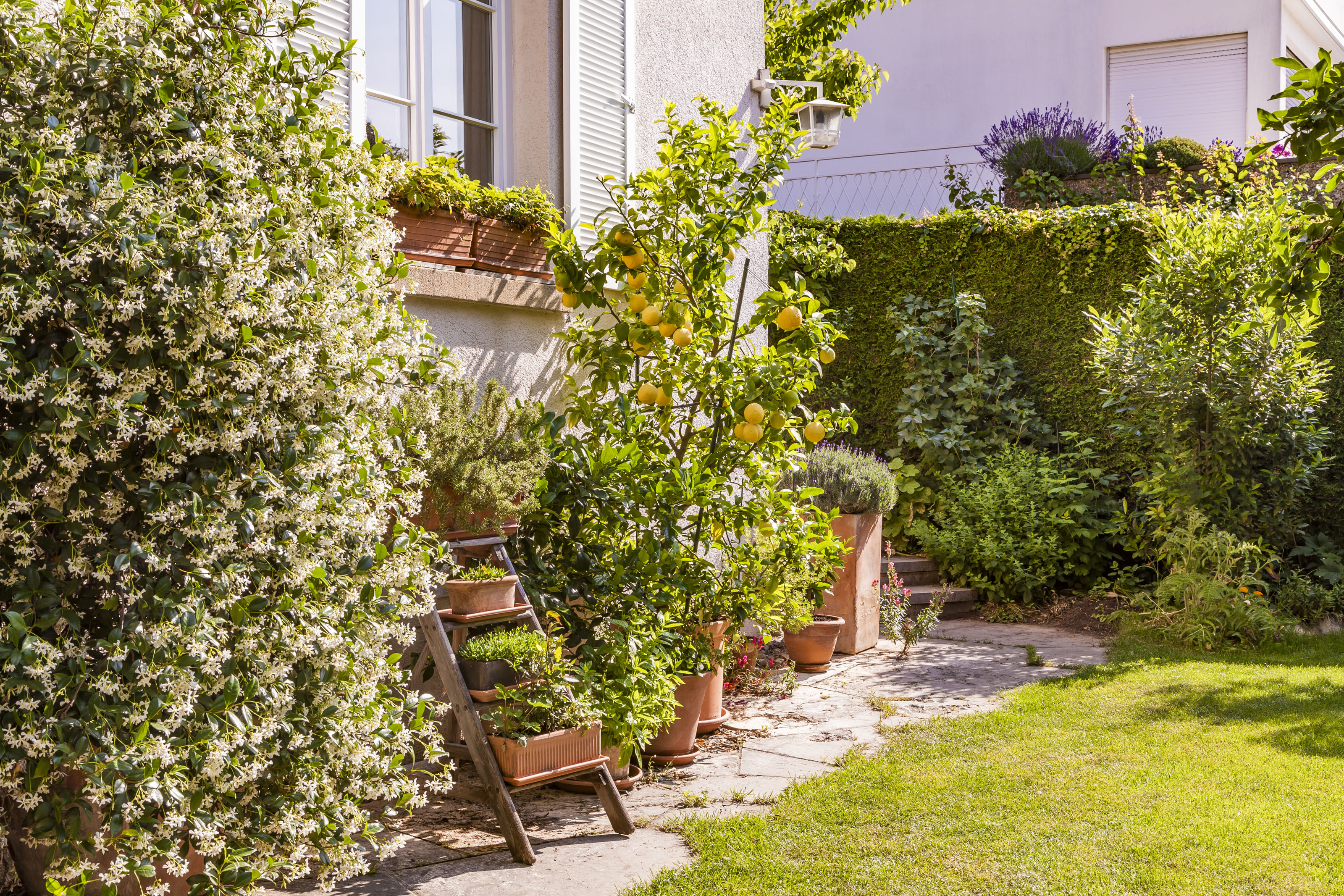
Lack of water is probably the most common error that new gardeners make when growing fruit in pots. According to the RHS, it needs careful watering throughout the summer to prevent the fruits dropping off before they are ripe, and the leaves going brown around the edges. Try to establish regular watering days and rough times, so you know when you’ve missed a slot.
Our guide to watering plants has plenty of tips on keep your crops well fed and watered.

An experienced freelance journalist, editor and columnist writing for national magazines and websites, Fiona now specialises in gardens. She enjoys finding and writing about all kinds, from the tiniest town plots to impressively designed ones in grand country houses.
